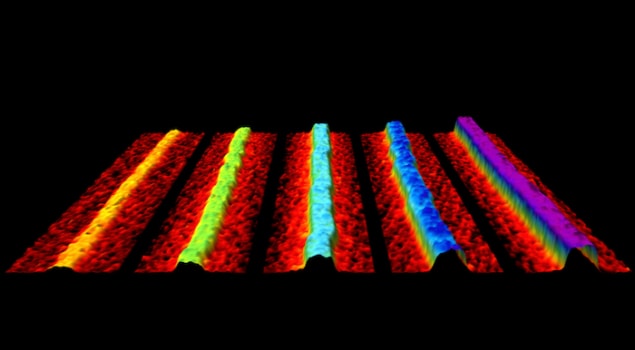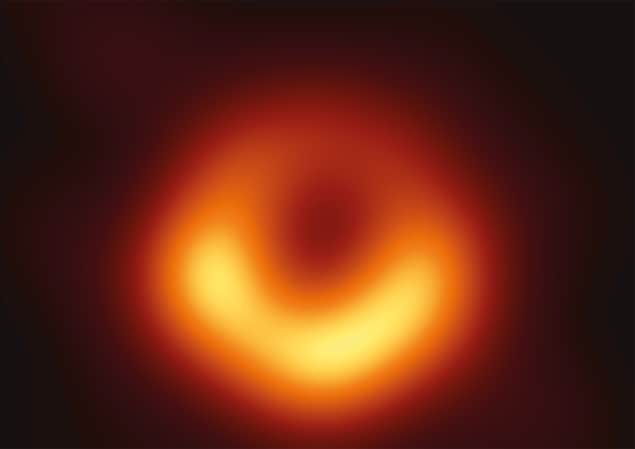Piezoelectric performance doubles up
25 Apr 2019 Belle Dumé
Piezoelectric materials are widely employed as transducers and sensors in a variety of applications, including ultrasound medical imaging systems. Researchers have now nearly doubled the performance of a class of piezoelectrics, known as relaxor ferroelectrics, which were discovered 20 years ago, by adding trace amounts of the element samarium (Sm) to them. The rare-earth doping technique, which appears to increase local structural heterogeneity in the crystals, could be a general strategy for enhancing the piezoelectricity of these materials. Lead author of the story, Fei Li. Courtesy: Fei Li
Lead author of the story, Fei Li. Courtesy: Fei Li
The discovery of relaxor ferroelectric single crystals, such as Pb(Mg1/3Nb2/3)O3-PbTiO3 (PMN-PT) and Pb(Zn1/3Nb2/3)O3-PbTiO3 (PZN-PT), was a milestone achievement in ferroelectric research, explain the researchers of Xi’an Jiaotong University in China, Pennsylvania State University in the US and the University of Wollongong in Australia. These materials, which have been optimized over time, have very high piezoelectric coefficients (the amount of charge generated for each unit of force) of 1200 to 2500 picocoulombs per newton.
Piezoelectric materials are widely employed as transducers and sensors in a variety of applications, including ultrasound medical imaging systems. Researchers have now nearly doubled the performance of a class of piezoelectrics, known as relaxor ferroelectrics, which were discovered 20 years ago, by adding trace amounts of the element samarium (Sm) to them. The rare-earth doping technique, which appears to increase local structural heterogeneity in the crystals, could be a general strategy for enhancing the piezoelectricity of these materials.
 Lead author of the story, Fei Li. Courtesy: Fei Li
Lead author of the story, Fei Li. Courtesy: Fei LiThe discovery of relaxor ferroelectric single crystals, such as Pb(Mg1/3Nb2/3)O3-PbTiO3 (PMN-PT) and Pb(Zn1/3Nb2/3)O3-PbTiO3 (PZN-PT), was a milestone achievement in ferroelectric research, explain the researchers of Xi’an Jiaotong University in China, Pennsylvania State University in the US and the University of Wollongong in Australia. These materials, which have been optimized over time, have very high piezoelectric coefficients (the amount of charge generated for each unit of force) of 1200 to 2500 picocoulombs per newton.
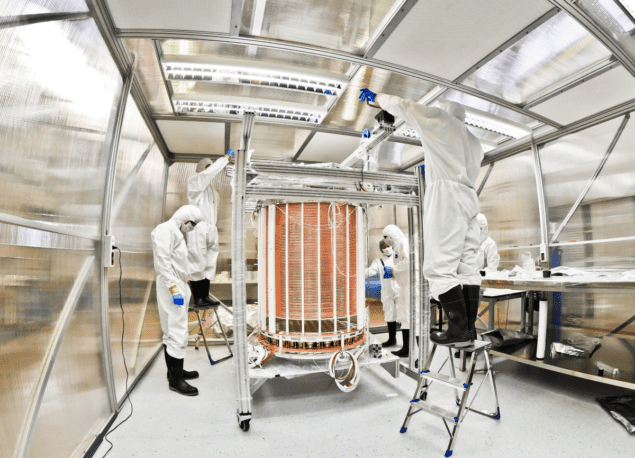
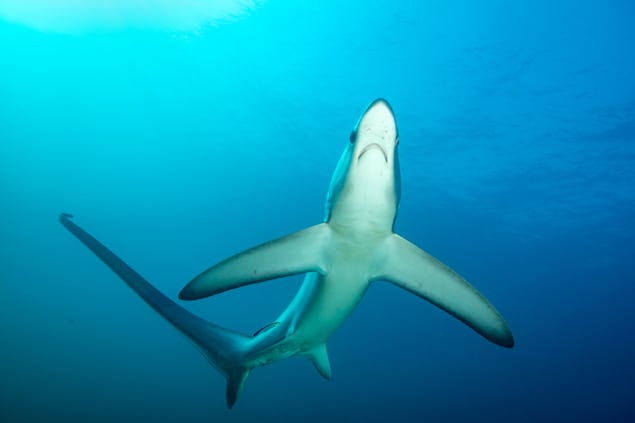
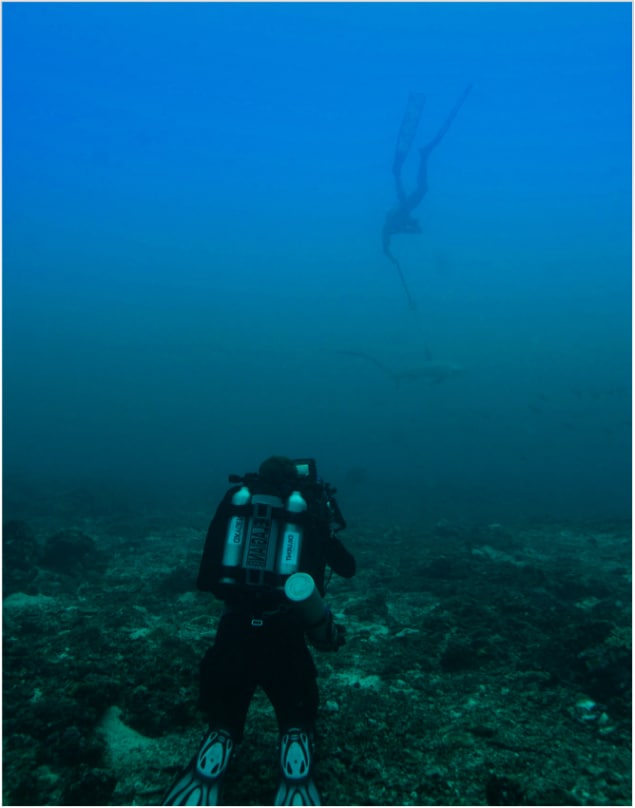
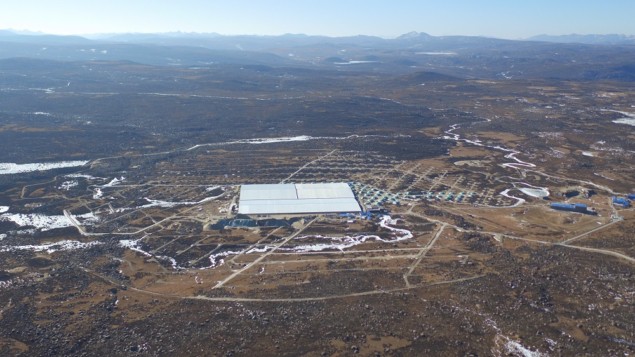


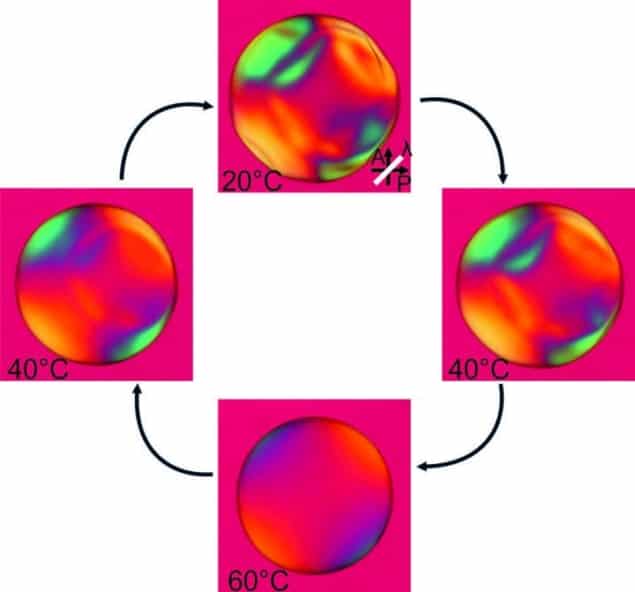

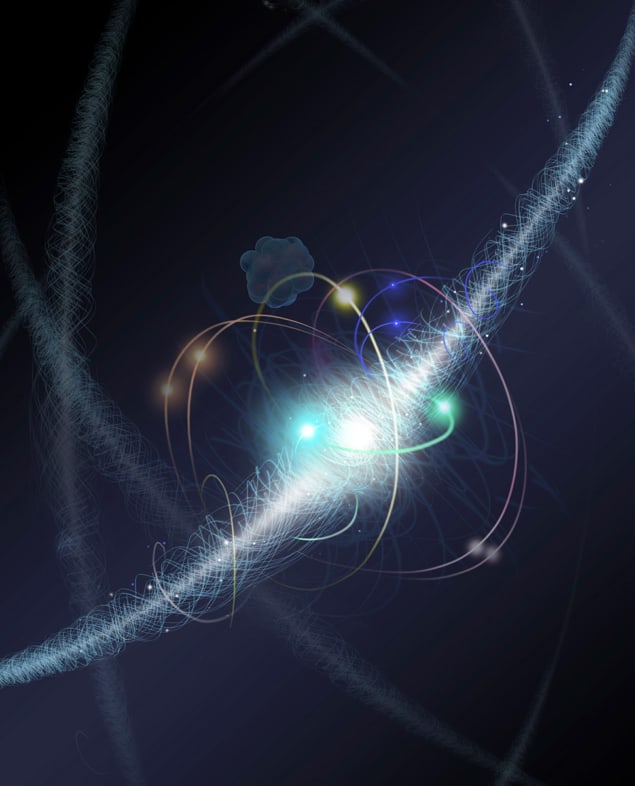
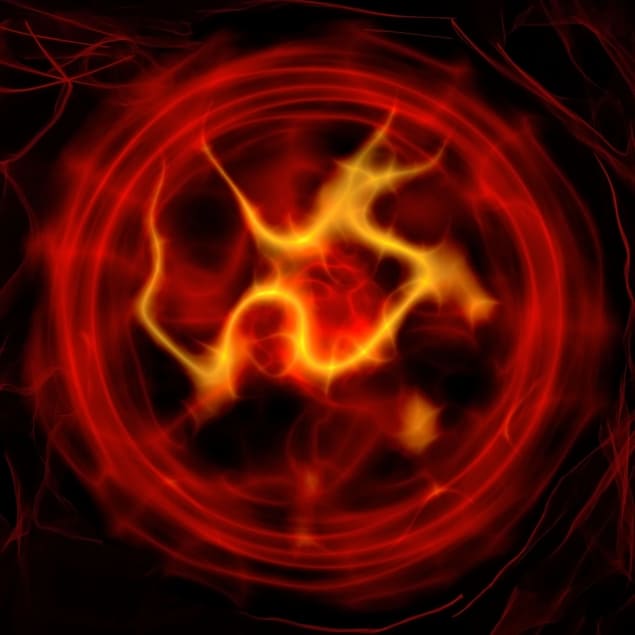
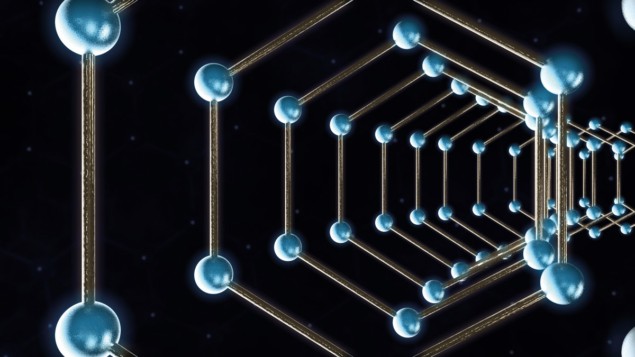 Carbon dreams: “Space elevators” were an early proposed application of carbon nanotubes. (Courtesy: Shutterstock/Tschub)
Carbon dreams: “Space elevators” were an early proposed application of carbon nanotubes. (Courtesy: Shutterstock/Tschub)